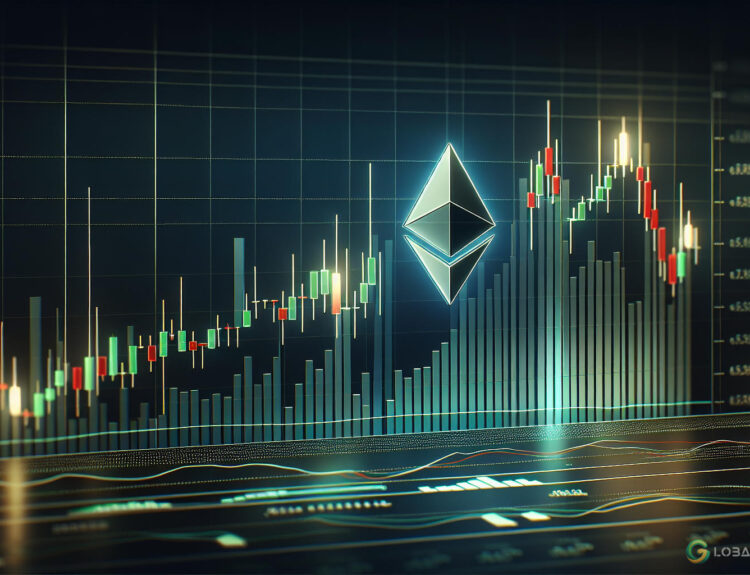Crypto Markets React Bearishly to Escalating Trade War and Tariff Announcements
Key market indicators reveal that traders in the cryptocurrency space are proceeding with extreme caution as new U.S. tariffs spark widespread bearish sentiment. The mounting trade conflict between the United States and its major trading partners has created uncertainty, compelling many investors to reassess their strategies.
Funding Rates Drop Amid Bearish Sentiment
On Friday, April 4, funding rates across most centralized and decentralized exchanges fell below the critical 0.005% threshold. This drop is a clear indication of heightened bearish sentiment among traders. At the same time, liquidation rates decreased by 42% over the past 24 hours. While this decline might appear positive at first glance, it likely signals that market participants are hedging their positions and opting to sit on the sidelines rather than actively trade.
Further compounding the situation, trading volumes have plummeted significantly. Data shows a sharp 22.71% decline in 24-hour trading volume, dropping to $247.6 billion. These figures collectively point to waning market activity, with traders seemingly adopting a “wait-and-see” approach amid the growing uncertainty.
Bitcoin Approaches a Death Cross on Tariff Concerns
The bearish sentiment is not limited to trading volumes and funding rates; it is also evident in Bitcoin’s technical indicators. On April 3, the Crypto Fear and Greed Index plunged into “extreme fear” territory, registering a score of just 25 points. This metric underscores the apprehension gripping the market.
Bitcoin (BTC), which dropped to $81,000 following the tariff announcement, is now on the verge of a “death cross.” A death cross occurs when the 50-day moving average crosses below the 200-day moving average, historically signaling potential for heightened volatility and extended bearish trends. Traders are closely monitoring this development as it could have broader implications for the entire cryptocurrency market.
“Bitcoin’s 50-day moving average is nearing its 200-day moving average, and a death cross is imminent, suggesting turbulent times ahead for crypto markets.”
Trade War Sparks Concerns Across Financial Markets
The cryptocurrency market’s struggles coincide with similar volatility in traditional financial markets. Both sectors have been rattled since the April 2 announcement of sweeping tariffs by the U.S. government. President Donald Trump introduced minimum tariffs of 10% on all imported goods, with higher tariffs targeting specific nations. Notably, China was hit with a steep 34% tariff, intensifying the economic standoff.
In response, several countries, including China and the European Union, are formulating retaliatory measures. These developments have raised concerns among traders and economists alike. A prolonged trade conflict could potentially drive up consumer prices, disrupt global supply chains, and even trigger a recession.
Key Takeaways for Crypto Investors
Given the current climate of uncertainty, crypto investors should consider the following tips to navigate this volatile period:
- Monitor Technical Indicators: Keep a close eye on Bitcoin’s moving averages and other key metrics like the Crypto Fear and Greed Index to anticipate market movements.
- Diversify Your Portfolio: Avoid overexposure to a single asset class. Consider balancing your investments across cryptocurrencies, stablecoins, and traditional assets.
- Adopt a Long-Term Perspective: While short-term volatility is unsettling, long-term strategies often yield better results in unpredictable markets.
- Stay Informed: Keep up to date with global economic developments, as factors like trade wars and tariffs can have a ripple effect on the crypto market.
As the trade war continues to unfold, its impact on both traditional financial markets and the cryptocurrency space will likely remain significant. Traders and investors should maintain vigilance, adapt their strategies, and prioritize informed decision-making during these uncertain times.
























